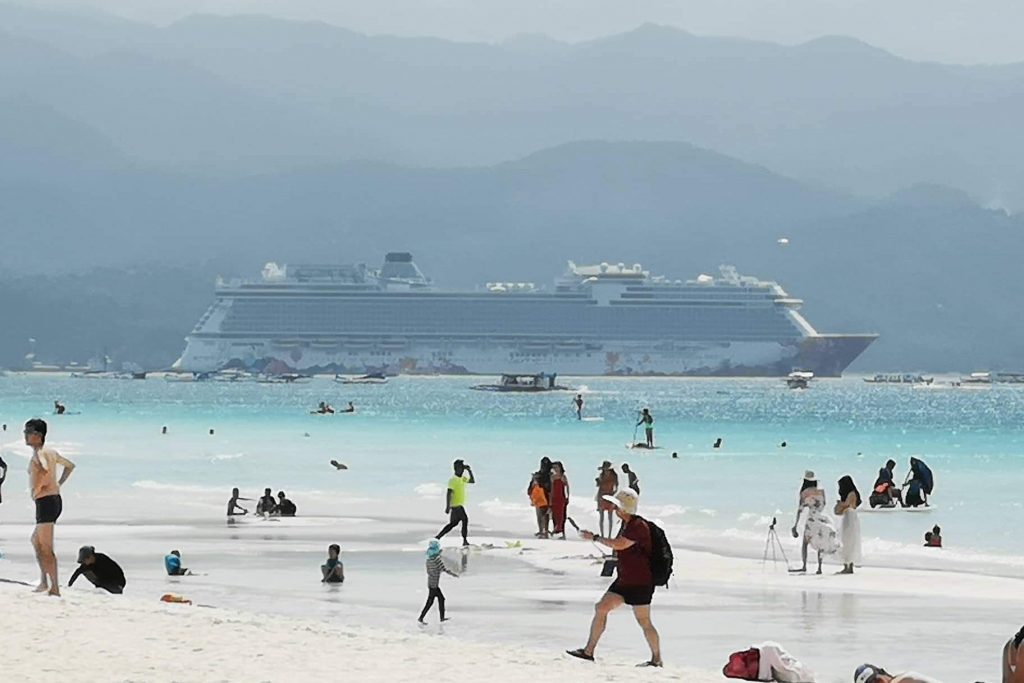Philippines Mulls Limiting Cruises to Boracay as Overtourism Worries Mount

Skift Take
The Philippines wants cruise dollars. But Boracay, which has reopened after some rehabilitation, does not. The island is a key cruise stop but can carry only so much. Tourism authorities and cruise lines should work out the sums.
The Philippine government is considering reducing the number of port calls by international cruise ships on Boracay Island, a major tourism destination in the country, in a bid to protect its environment.
Pending the finalization of the guidelines, Philippine authorities at the start of the year have begun prohibiting cruise ships from sailing to Boracay Island, dubbed by many international travel publications as “one of the best islands in the world.”
Cruise ships, however, are allowed to drop anchor in other key Philippine destinations.
In an interview with Skift, Arturo P. Boncato Jr., undersecretary for tourism regulation coordination and resource generation for the Philippines Department of Tourism, said the agency is chairing a committee comprising other government agencies, to discuss new guidelines on the sailing of cruise ships to Boracay.
The committee had its first meeting on January 9 but no final decisions were made, he said.
“Discussions revolved on the type of ships [that will be allowed to make port calls], mitigation of pollutive practices, discipline on embarkation/disembarkation, circuit tours to manage loads per site, study on peak seasons, et
